
Distinguished by a great mustache and a turban, a Rajput was once a symbol of pride and honor. His word was vouched for far and wide by his status as a merciful annadata - the one that gives food and a menacing warrior. This man of many virtues was greeted with great respect on every land and estate he owned or visited. Governorship or warfare were the only occupations matching his stature and the art of battle gave meaning to his life. Irrespective of how poor he may be, a Rajput was considered to be higher born than the officials or merchants. No matter how large a victory, a Rajput never harmed or dishonored his foe's women or children. Born and raised to fight, that man would rather die than suffer the stigma of defeat.
Dexterity and sacrifice on the battlefield made those Hindu clans the greatest mainstay of the subcontinent's resistance. Seemingly an ideal war machine, those mainly affluent men were blemished with one deadly flaw - an uncontrollable jealousy of their neighbour's wealth. Despite of having so much in common, their unceasing disputes were the reason they could never unite, even in face of an advancing Muslim army. And hence, they were routed one clan at a time. Their land, Rajasthan, bore the brunt of those attacks, and the enemy's army was not observing any of Rajput's humanitarian codes. Was it after those ferocious abuse of their wives and daughters that those honorable men decide to start killing their women? Definitely, this was the time that changed Rajasthan's women's lives for good. As the Muslim invasions raised strong concerns about women's safety, they ironically also brought along the solutions. Purdah and zenana, the means of women's seclusion, spread amongst Rajput Maharajas vehemently, and quickly became the sign of prestige. Wealthy merchants and landlords all copied the trend and the women themselves accepted it like a marker of their status.
The article continues after photos
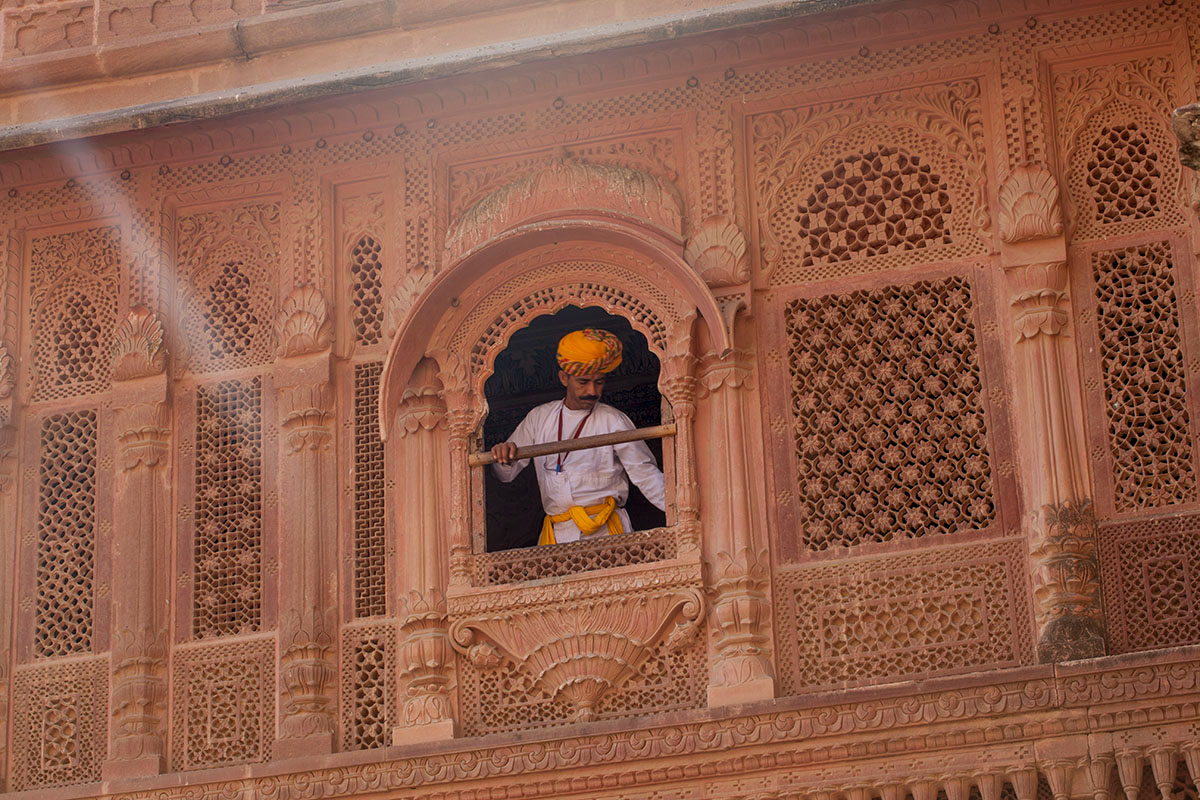



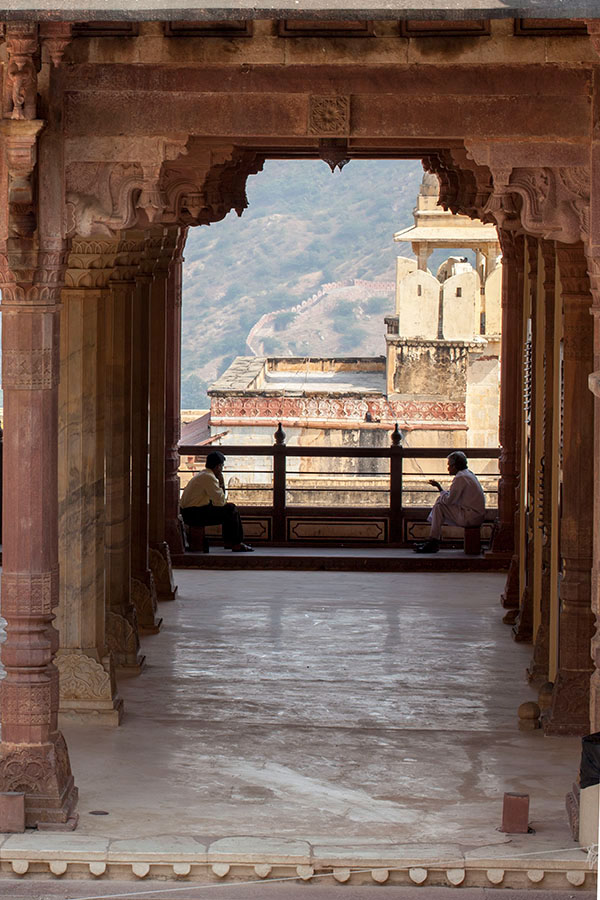
What started innocently and most probably in good faith, became a hopeless trap elevating family's reputation but the same time striping women off all their rights. Thereafter polygamy followed, also as an indicator of both prosperity and renown. Suddenly, a women once considered a goddess became a hostage to her own kind. As the men were fighting their battles, the harems of wives were waging wars of succession at home. To keep the delicate peace in the household, women were often not allowed to speak to the husband during the daytime, so as to not ignite jealousy any further. Producing a male heir cemented the position of a woman in a family, as much as having a daughter was a diminution. A girl in the house was also problematic to the father, for that man of pride had to show himself inferior to his in-law. Hence, marrying a daughter below her status was hard to imagine.
The hassle of having a female child, the matter of her protection, raising her and then giving her away with a great part of the family's wealth, prompted many precautionary Rajputs to deal with the problem at her birth. Thousands of baby girls were killed, strangled by the umbilical cord before they took their first breath. Thousands more were starved to death or buried alive in the ground. Innumerable lives entombed in clay pots under the golden sands of the Thar Desert. That was the family decision nobody dared to interfere with, both father and mother were guilty but no one to point the finger. Those girls that were lucky to survive became the tools in the hands of their fathers - the skillful tacticians - securing political and business alliances via marriage. Denied the right to speak or any education, Rajput women spent their entire lives in one of the most sophisticated and exquisite jails known to the world. If fortunate, they were secluded in intricately designed havelis, surrounded by finest fabrics and endless mirror mosaics where they could contemplate their wasted and slowly fading beauty. Their imprisonment usually ended in pain with the husband's death as they were expected to burn themselves alive on his funeral pyre, fulfilling themselves as women according to the moral codes of the time.
The hassle of having a female child, the matter of her protection, raising her and then giving her away with a great part of the family's wealth, prompted many precautionary Rajputs to deal with the problem at her birth. Thousands of baby girls were killed, strangled by the umbilical cord before they took their first breath. Thousands more were starved to death or buried alive in the ground. Innumerable lives entombed in clay pots under the golden sands of the Thar Desert. That was the family decision nobody dared to interfere with, both father and mother were guilty but no one to point the finger. Those girls that were lucky to survive became the tools in the hands of their fathers - the skillful tacticians - securing political and business alliances via marriage. Denied the right to speak or any education, Rajput women spent their entire lives in one of the most sophisticated and exquisite jails known to the world. If fortunate, they were secluded in intricately designed havelis, surrounded by finest fabrics and endless mirror mosaics where they could contemplate their wasted and slowly fading beauty. Their imprisonment usually ended in pain with the husband's death as they were expected to burn themselves alive on his funeral pyre, fulfilling themselves as women according to the moral codes of the time.
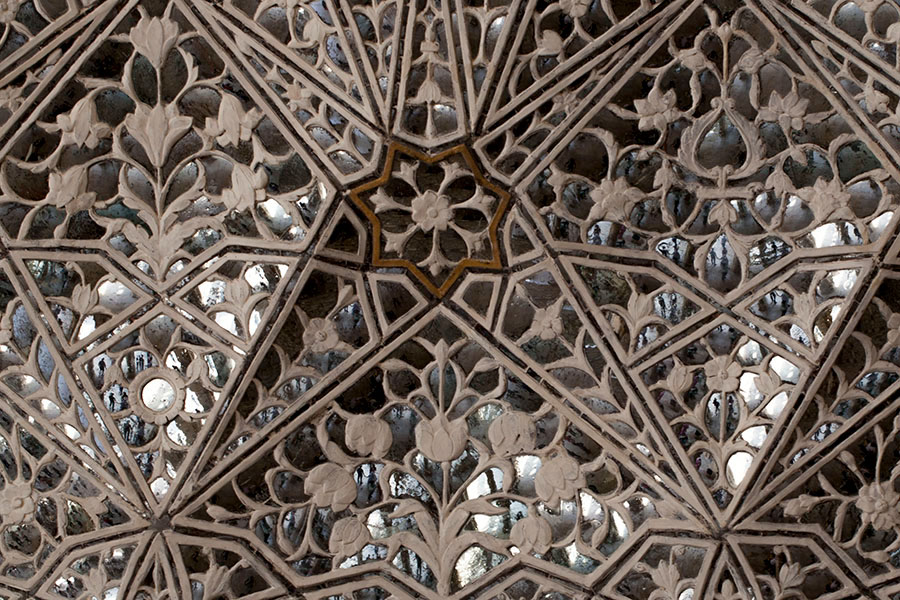
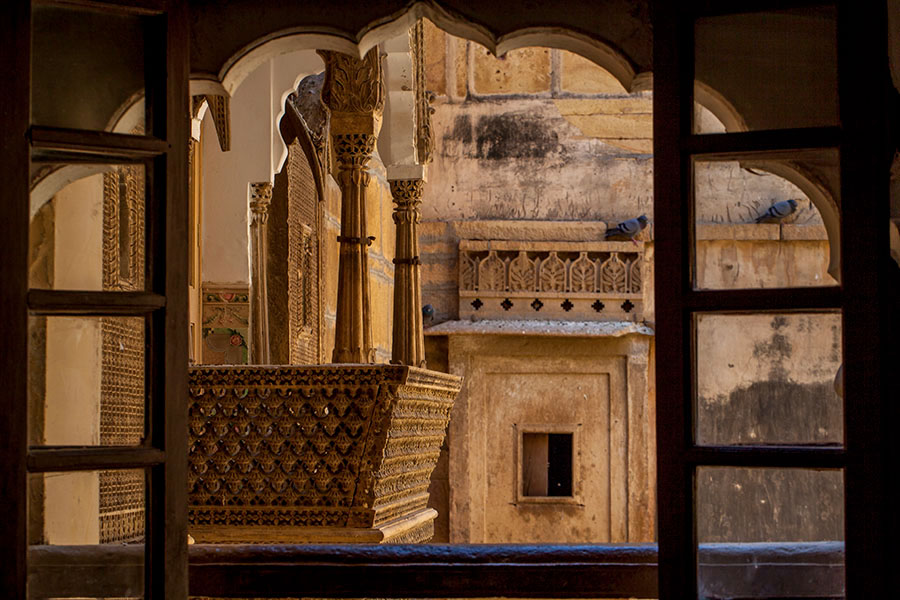


Back to the present, Jaisalmer's market fills with the chatter of shoppers before festivities. The streets burst with women in colorful attires and bangles sparkle in the tropical sun. Fathers with their daughters busy bargaining, wait impatiently to pay and go home. These animated and women-dominated crowds seem like the state has left it's dark history behind. But this is just the Muslim community, preparing for Eid. Hindu girls are hardly present within sight. The female infanticide spread over centuries like a plague and hardly eased with the arrival of the modern times, although, the methods are now more sophisticated. Introduction of cheap ultrasound machines has only made female infanticide easier and identification of the sex of the baby has in turn become a business worth $250 million a year. And, unsurprisingly, Rajasthan tops the lists of the most skewed sex ratio in the country. Although the female infanticide can be committed in every community, within societies of Rajput villages in Rajasthan it has become a tradition.




Killing girls became the greatest open secret of Rajasthani settlements. The fact that families pay hefty dowries to get their daughters married off only adds impetus to this appalling custom. In its attempts to fight the killing of India's daughters, the government fails substantially. The reforms and incentives are rarely enough, and in some cases they even worsen the issue. The NGOs' work is merely a sand grain in the desert.
Maybe it's time for Rajputs to restore their betrayed honor and dignity? As once upon a time, when they were leading the fight and setting the trends. The real change must come from within.
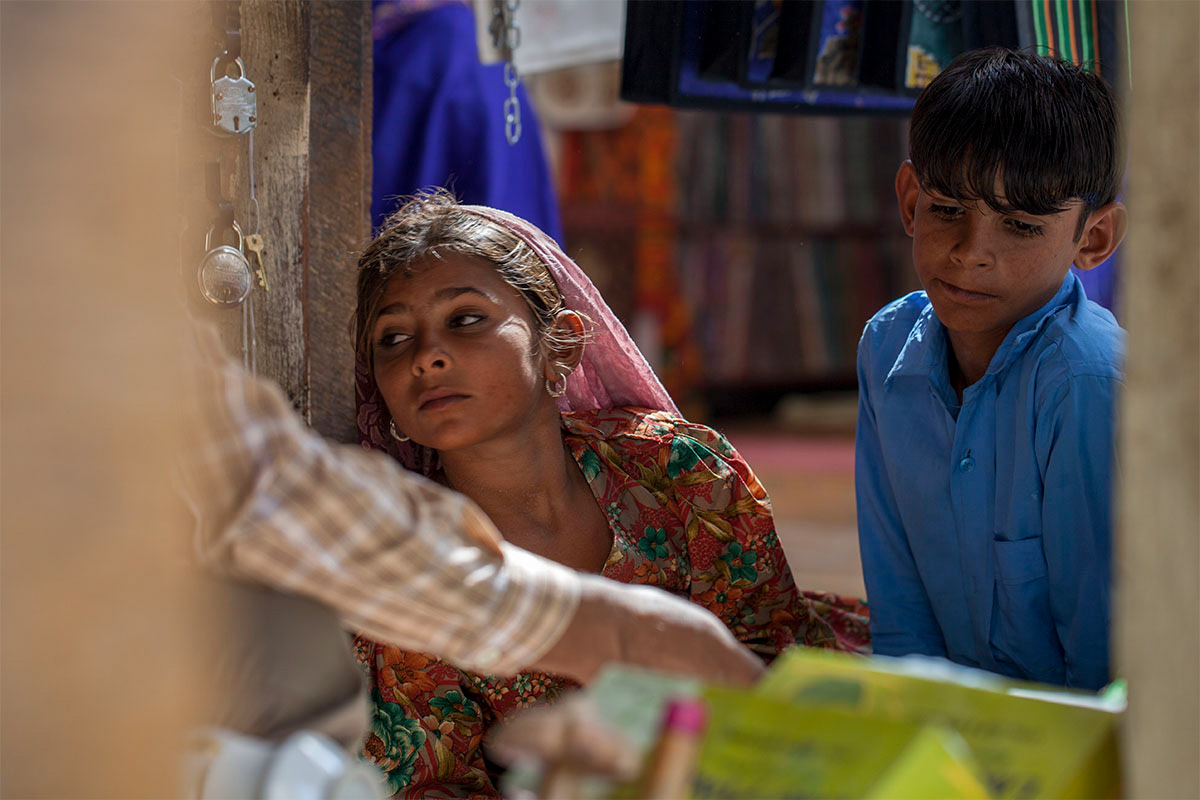

Recommended reading: Mothers of A Hundred Sons: India's Dying Daughters - a great article about tragedies of women in modern India.
Also, check out Confined, a short video portraying an unspoken and ignored perspective from behind the bars of a fortified zenana.
Please click if you liked it. Thank you!

